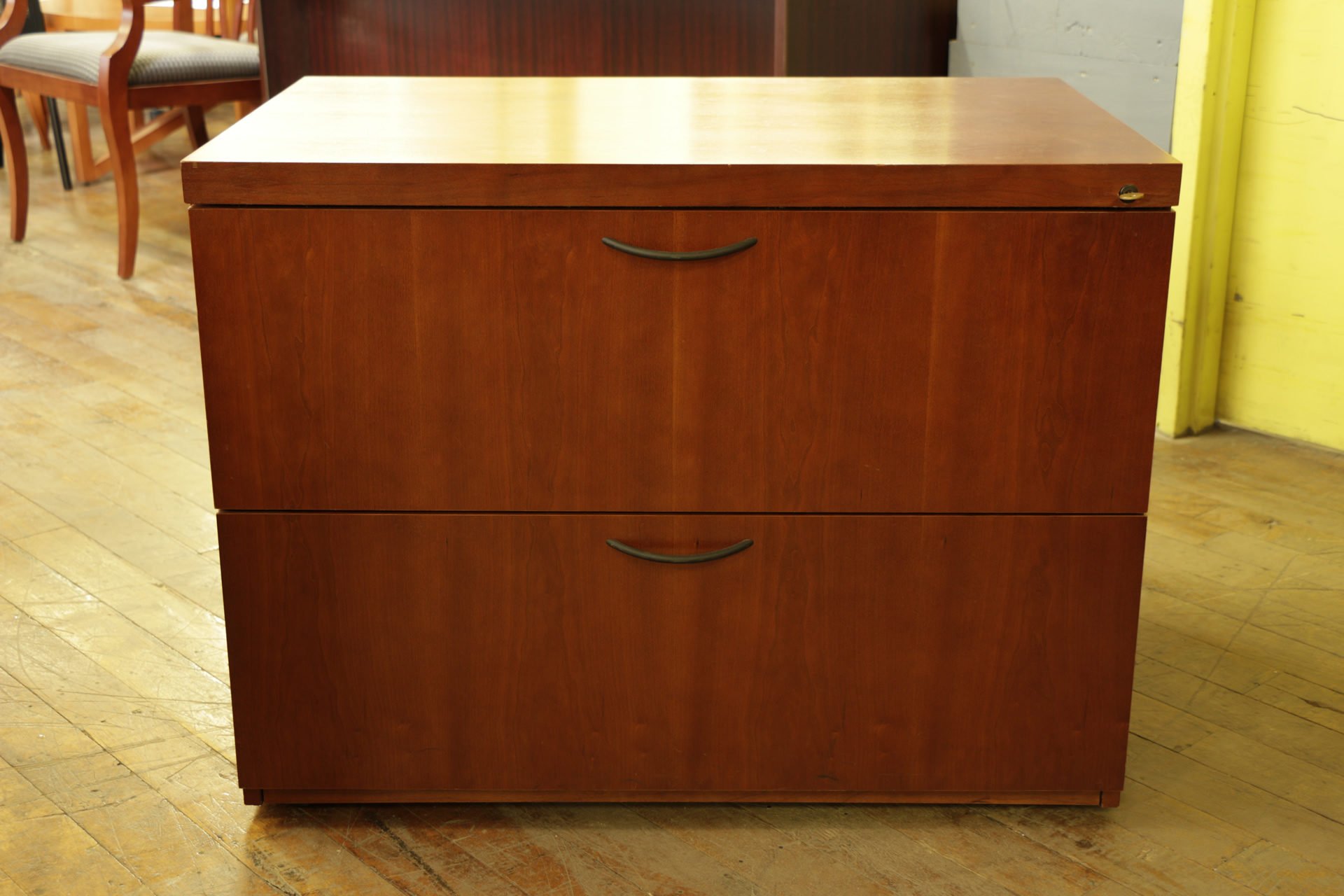Functionality and Design Considerations

Choosing the right file cabinet can significantly impact your office’s efficiency and organization. Horizontal wooden file cabinets offer a unique blend of functionality and aesthetics, making them a popular choice for various office setups.
Storage Capacity Comparison, Horizontal file cabinet wood
The storage capacity of a file cabinet is a crucial factor to consider, and horizontal wooden file cabinets offer a different storage dynamic compared to vertical and lateral options.
- Horizontal File Cabinets: Horizontal file cabinets are known for their wide drawers, allowing you to store larger files and folders. This is ideal for storing documents, blueprints, or other oversized materials. The drawers can also accommodate hanging folders, ensuring efficient organization.
- Vertical File Cabinets: Vertical file cabinets are typically taller and narrower, offering more storage space in a smaller footprint. They are ideal for storing smaller files, letter-sized documents, and other materials that can be stacked vertically.
- Lateral File Cabinets: Lateral file cabinets are similar to vertical cabinets but feature drawers that open sideways. They offer a combination of vertical and horizontal storage, making them versatile for various file types.
User-Friendly Design Features
Horizontal wooden file cabinets can be designed with features that enhance usability and organization.
- Drawer Glides: Smooth-operating drawer glides ensure easy access to files and prevent jamming. Ball-bearing glides are particularly popular for their quiet operation and durability.
- Locking Mechanisms: Secure locking mechanisms protect sensitive documents from unauthorized access. These mechanisms can range from simple key locks to more advanced electronic locks.
- Label Holders: Label holders allow for clear identification of files and folders. They are typically located on the drawer fronts, making it easy to find the desired information.
Size and Dimensions
The size and dimensions of the file cabinet should be carefully considered to ensure it fits comfortably in your office space.
“The file cabinet should be proportional to the size of your office, leaving ample room for movement and access to other furniture.”
- Measuring the Space: Before purchasing a file cabinet, accurately measure the available space, considering the width, depth, and height of the cabinet.
- Traffic Flow: Ensure the cabinet is placed in a location that doesn’t obstruct traffic flow or access to other furniture.
- Ergonomics: Consider the height of the file cabinet to ensure easy access to drawers and prevent strain or discomfort when retrieving files.
Finishes and Durability
The finish of a wooden file cabinet significantly impacts its aesthetic appeal and durability.
- Natural Finishes: Natural finishes like stain and varnish highlight the wood’s natural grain and texture. These finishes are typically durable and require minimal maintenance.
- Painted Finishes: Painted finishes offer a wide range of color options, allowing you to match the cabinet to your office décor. High-quality paints provide durability and resistance to scratches and stains.
- Laminate Finishes: Laminate finishes are durable and resistant to scratches, making them ideal for high-traffic areas. They are also available in a variety of colors and patterns, providing a wide range of design options.
Choosing the Right Wooden Horizontal File Cabinet: Horizontal File Cabinet Wood

A wooden horizontal file cabinet is a timeless and practical addition to any office or home workspace. Not only does it provide secure storage for your important documents, but it can also add a touch of elegance and sophistication to your surroundings. With so many options available, choosing the right file cabinet for your needs can be a daunting task.
Determining the Appropriate Size and Drawer Capacity
The size and drawer capacity of a wooden horizontal file cabinet are crucial considerations. A file cabinet that’s too small will quickly become overcrowded and difficult to manage, while one that’s too large will take up valuable space. To determine the right size, consider the following:
- The volume of documents you need to store.
- The frequency with which you access your files.
- The available space in your office or home.
For example, if you have a large volume of documents and frequently access them, you may need a file cabinet with multiple drawers and a larger capacity. Conversely, if you have a limited number of documents and rarely access them, a smaller file cabinet with fewer drawers may suffice.
